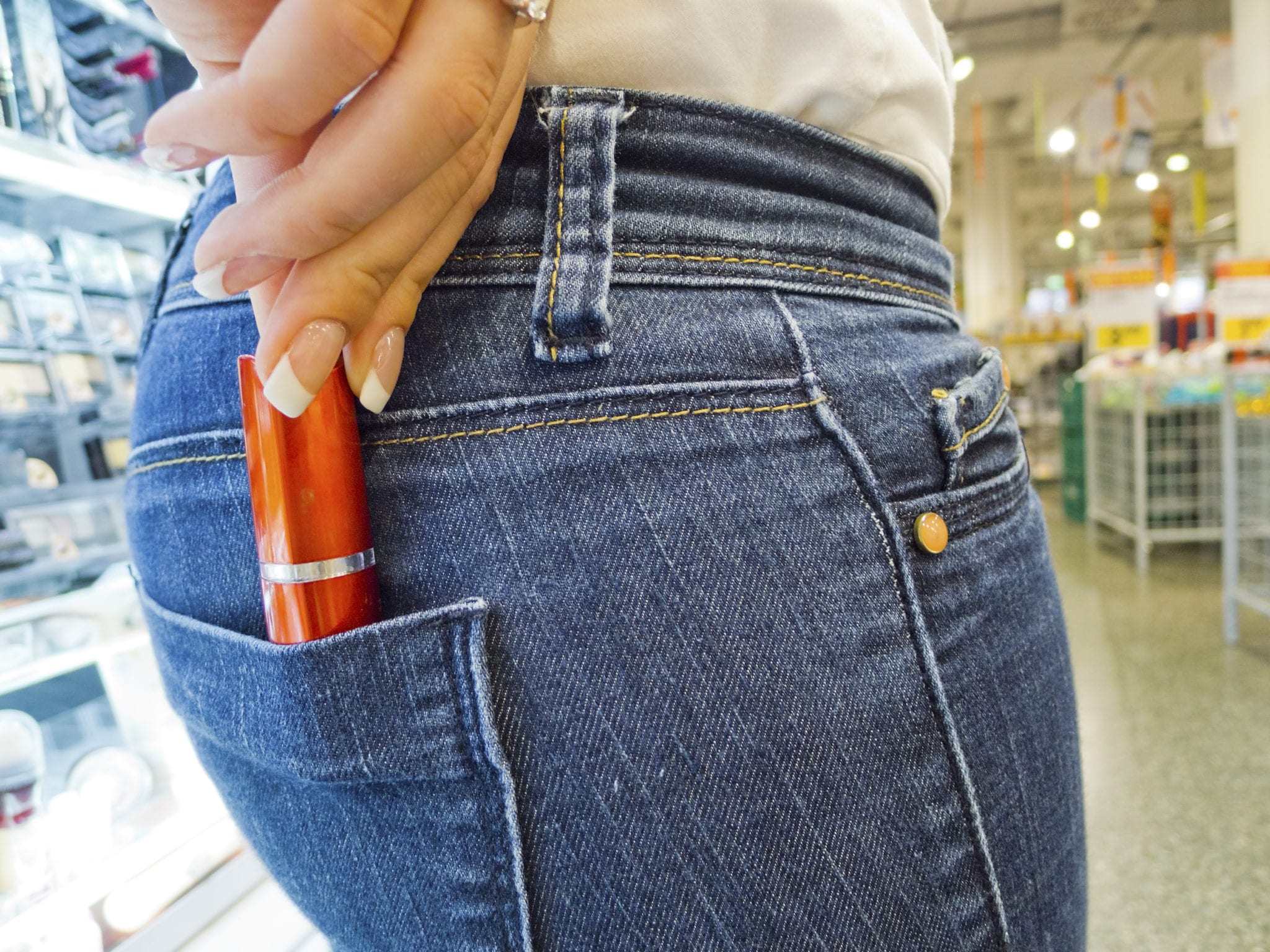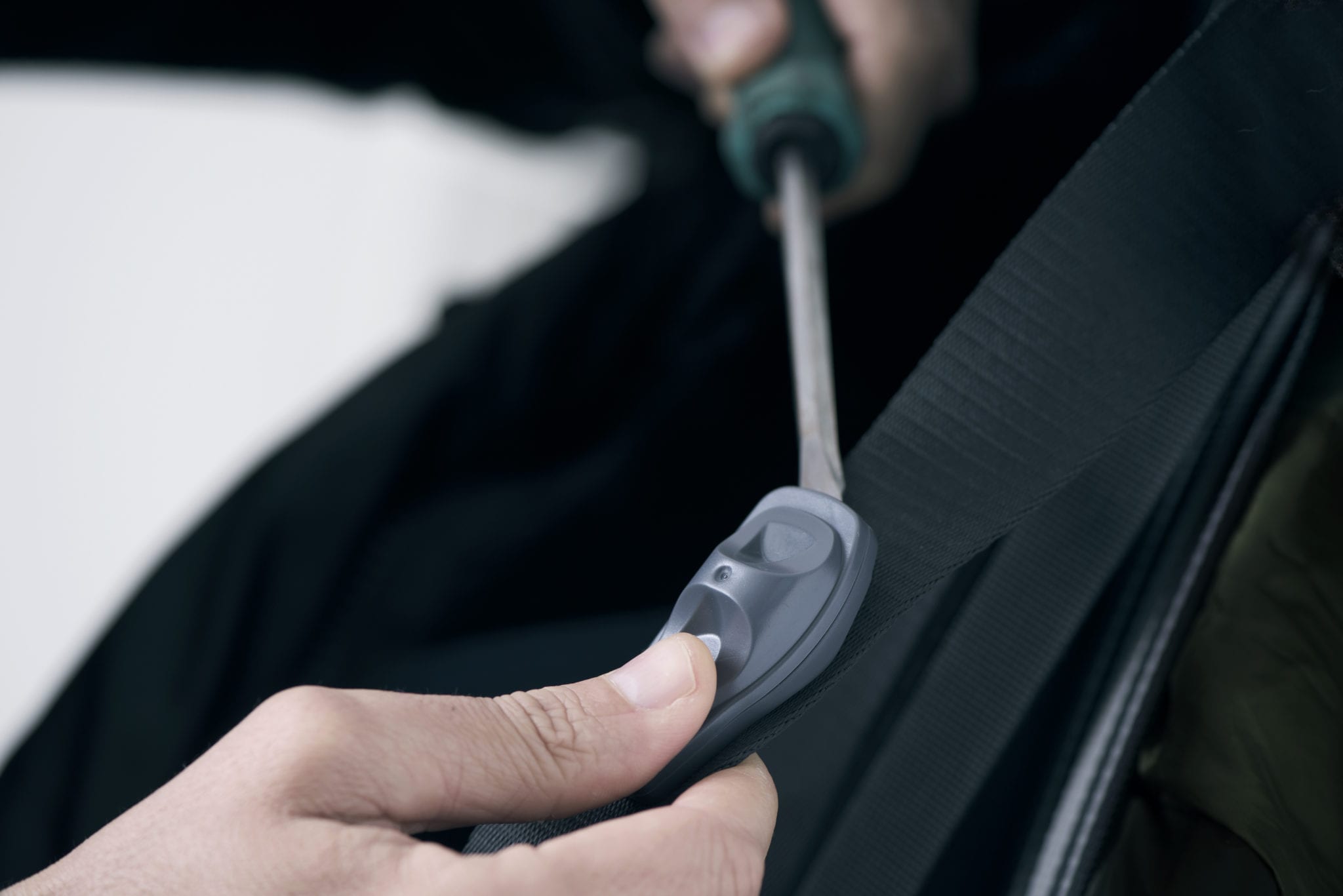Ask a random person what they think of shoplifting or shoplifters, and they’ll probably say it’s bad and that those who do it should be punished. However, if you ask them how bad or serious they think it is, most are likely to argue that it’s not really a big deal. Certainly not when compared with “real” crimes like rape, murder, robbery, or even fraud.
Why is this the case? There are a couple of different reasons.
First, the public impression of shoplifting is that it’s often a one-time occurrence that only involves low-value items. Because of this, it doesn’t seem like it causes much harm.
Second, the people most often associated with shoplifting are youths, teens, and people with low income. With the former two groups, we’re likely to give them more of a pass, because we can attribute their behavior to a youthful transgression. Something done by someone testing boundaries as a part of growing up. Likewise, if someone is stealing because they can’t afford to pay for food or other essentials, we’re more likely to forgive their actions.
Finally, many of us may have done it at one time or another. For many youths and teens, it’s even seen as a rite of passage.
Which groups don’t agree with the argument that shoplifting is a “minor” crime? Businesses. Law enforcement officials. The legislators of the State of North Carolina.
Why not? Because these groups must deal with the big-picture effects of retail theft and how it impacts their area, bottom line, and jobs. To help you understand, we’ll detail facts and figures about shoplifting in our country, as well as some numbers you might have to deal with if you find yourself charged.
Stats about Shoplifting that North Carolinians Need to Know
- Shoplifting is the top property crime in the United States.
- 1 out of every 11 people in our country (roughly 27 million people) are shoplifters.
- Both men and woman shoplift in a roughly equal amount.
- Around 25 percent of shoplifters are teens, and 55 percent of adult shoplifters report that they started shoplifting when they were teenagers.
- 47 percent of high school kids say that they have engaged in shoplifting in the last year.
- 89 percent of minors report that they know other minors who engage in shoplifting – and 66 percent say that they are still friends with those kids.
- 57 percent of adults who shoplift say that they struggle to stop even after having been caught. The same is true for 33 percent of minors.
- Only about three percent of people who shoplift are “professionals”.
- The vast majority of shoplifters do not engage in other types of criminal activities.
- Most often, shoplifting is not planned ahead of time – this is true for 73 percent of adults who shoplift and 72 percent of juveniles.
- Drug addicts who shoplifting compare the “high” of shoplifting to that of doing drugs.
- Every day, more than 550,000 shoplifting incidents occur.
- Those who shoplift habitually do so an average of 1.6 times each week.
- Inventory shrinkage, which costs retailers more than $45 billion each year, consists of fraud, internal theft, organized retail crime (ORC), and shoplifting – $30 billion of that comes from ORC alone.
- Shoplifting incidents, on average, cost retailers $798.48.
- The “cost” of shoplifting is passed on to consumers in the form of higher prices.
- The most common items stolen include groceries, clothing, electronics, and cosmetics.
Shoplifting “Stats” Associated with Getting Charged in North Carolina
Now that you know how serious of a problem shoplifting is in our country, the severity of the penalties associated with it might make more sense. Exactly how severe are those penalties in North Carolina?
Our state has numerous charges for “larceny of goods,” the legal term used for shoplifting here. What charge you face depends on the monetary value of the goods you are alleged to have stolen, whether or not you have previous convictions, and what methods were used in the alleged theft.
Generally speaking, if you are charged with stealing something with a value less than $1,000, you will face a Class 1 misdemeanor charge. Class 1 misdemeanors are punished by the possibility of 1-45 days of incarceration.
If the value is $1,000 or more, you will face a Class H felony. Class H felonies are punished by the possibility of 4-8 months of incarceration.
These charges and penalties do not cover what you might face for concealment of merchandise or organized retail theft offenses.
The point? When it comes to criminal acts, sometimes the public impression doesn’t match up with the actual charges and penalties you can face if you are caught and prosecuted. The best way to know what you might be up against is to learn the law.










